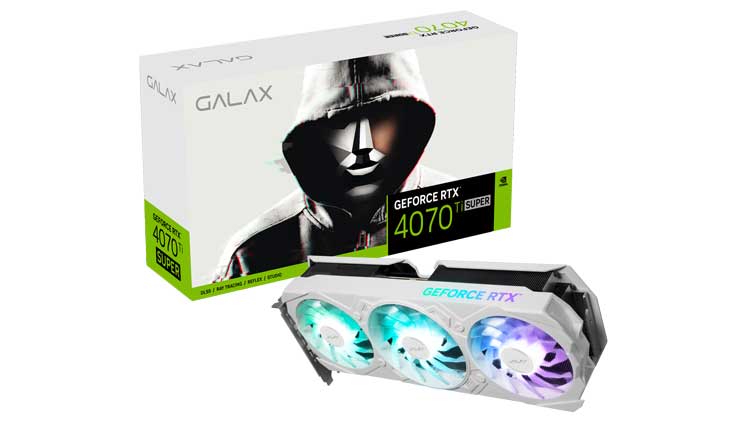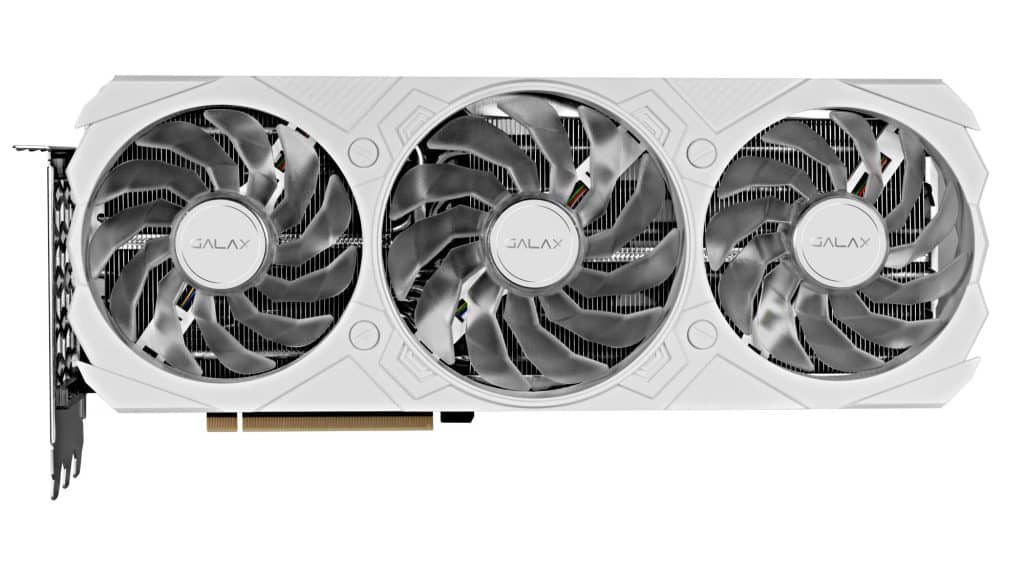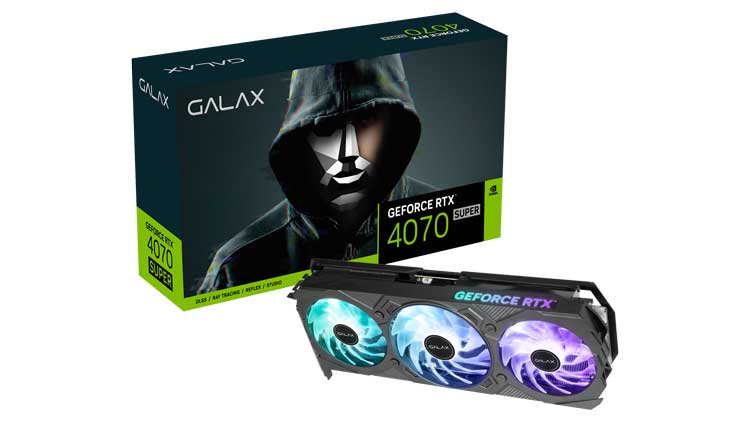Epilogue
I must admit that this was one of the most tiresome reviews I ever did, not because of the product but because I had to change most of the game benchmarks I used, reset my entire database, and do everything almost from scratch. All the Python code I had written in the last few months had to be redone again, and if this wasn’t enough, I also changed the review template and the database. I was sleeping for 4-5 hours only per day, for several days in a row, to manage to deliver this review on time, and the fun part is that I don’t have any other GPU in my fresh GPU database, so I have to re-test several to enrich it again. In GPU testing, every now and then, you have to re-test all of your GPUs again to keep up with the updates in drivers and game updates, and if you change a system component, this means that your database has to be reset too, which is a huge pain. This is why I try to find the time to create a fully automated GPU testing suite, which will require minimum input and next to zero babysitting of the whole procedure, but this is something easier said than done. For the record, I have already made the data gathering and database input process fully automatic, saving lots of time. I also have some ideas on how to perform automatic benchmarking in several games, and in time, I believe I will manage to reach my goal, which is to press a button on the keyboard and all tests to be conducted automatically, with data extraction, and processing to follow without my intervention. If I could also make an AI to write the review based on the extracted data, it would be superb!!
Back to the review’s subject, the RTX 4070 Ti Super uses the AD103 GPU, which also powers the RTX 4080, while its smaller sibling, the RTX 4070 Super, uses the AD104, which is inferior in performance and specs. With 16 GB VRAM, the RTX 4070 Ti will keep up with all current games and will be held well in the future, much better than cards with 12 GB or less VRAM. Moreover, increasing the RAM bus width from 192-bit to 256-bit brought an extra performance gain, which is always welcome.
If you have a high refresh rate monitor (>120 Hz) supporting QHD resolutions, the RTX 4070 Ti will be a great match and a strong enough CPU not to bottleneck the system. In some games, you will see high FPS even at 4K resolutions, but keep in mind that monitors supporting this resolution at high refresh rates are expensive. Even if you want raytracing enabled, the impact on performance is highly reduced if you enable DLSS, especially in its newest revisions where frame generation is supported.
At 800 dollars, the RTX 4070 Ti Super is more expensive than AMD’s RX 7900 XT, which currently costs $710. The 90-dollar price difference is high, but AMD’s implementation needs more power and doesn’t have the goods that DLSS 3 and 3.5 offer. On the other hand, it is stronger in raster performance and has more RAM, at 20 GB, so it is more future-proof. It looks to me that AMD needs to do something in the mid to high-end GPU category to keep up with Nvidia besides lowering its prices, which is good but won’t be enough at some point.
The following table reminds you of the differences between the RTX 4070 Ti and the RTX 4070 Ti Super.
| RTX 4080 | RTX 4070 Ti SUPER | RTX 4070 Ti | |
|---|---|---|---|
| Boost clock | 2.505 GHz | 2.61 GHz | 2.61 GHz |
| Base clock | 2.205 GHz | 2.34 GHz | 2.31 GHz |
| Cuda Cores | 9728 | 8448 | 7680 |
| ROPs | 112 | 96 | 80 |
| Ray Tracing Cores | 76 | 66 | 60 |
| Tensor Cores (AI) | 304 | 264 | 240 |
| VRAM | 16 GB GDDR6x | 16 GB GDDR6x | 12 GB GDDR6x |
| Memory Interface Width | 256-bit | 256-bit | 192-bit |
| TDP | 320W | 285W | 285W |
The Galax GeForce RTX 4070 Ti Super EX Gamer White is a fine GPU with a decent, not top-though, cooling system with enough room for overclocking, should you push it further. Its noise output is kept low during gaming, which is good news for demanding users, and even in Furmark, its fans aren’t noisy. Lastly, the card has the newest 12V-2×6 header, which is much safer than the 12VHPWR one, meaning fewer headaches for users (and Nvidia!) Matching this graphics card with an ATX v3.x PSU will be ideal, with the proper high-power cable, and avoid using adapters. You will find the best ATX v3.x PSUs in this article.
- Sold at NVIDIA’s MSRP
- DLSS 3 frame generation provides a notable performance boost
- Efficient
- Silent Operation
- 16 GB VRAM
- Overclocked from the factory (small margin)
- Notable overclock room
- Decent cooling system
- Metallic backplate
- HDMI 2.1
- AV1 hardware encode/decode support
- White color and RGB fans make a nice match
- 12V-2×6 power header (enhanced protection compared to 12VHPWR)
- It is more expensive than the AMD RX 7900 XT (90 dollars)
- No DP 2.1 support




